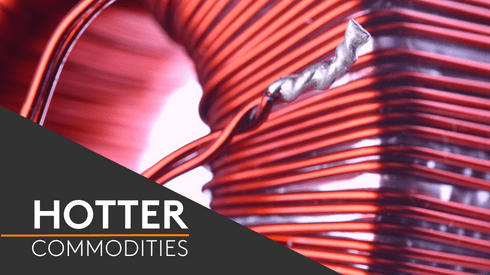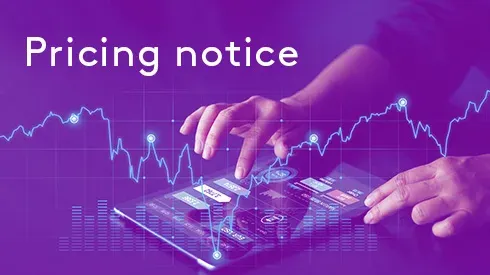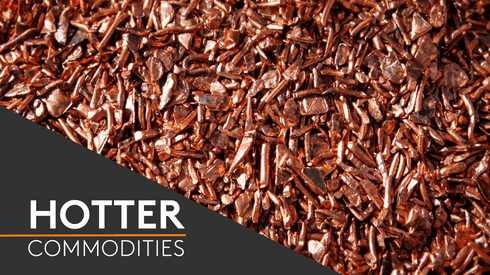Aluminium continues to lead the complex higher, with the light metal up by 0.9% at the time of writing. This after surging 3.8% on Monday in response to the United States’ sanctions against Russia and key Russian firms, including aluminium producer Rusal.
More modest gains have been seen across the rest of the complex: zinc prices are up by 0.7% at $3,234 per tonne, followed by copper (+0.5%), nickel and lead (+0.4%), while tin is in negative ground, down by 0.1%.
Trading volumes have been similarly modest, with 7,763 lots traded as of 06:30 am London time. This comes after aluminum saw a record 35,814 lots traded on Select on Monday.
In precious metals, gold and silver are in a softer tone so far, down by 0.3% and 0.1% respectively, after the conciliatory-sounding tone struck by Xi reduced the appeal of haven assets. Platinum and palladium are in positive ground, up by around 0.6%, reflecting the rise in risk appetite.
On the Shanghai Futures Exchange today, base metals prices are largely positive with the metals up by 0.5% on average, though lead and tin are in negative territory.
In other metals in China, iron ore prices are up by 2.2% at 442 yuan per tonne on the Dalian Commodity Exchange. On the SHFE, steel rebar prices are up by 1.2%.
In wider markets, spot Brent crude oil prices are up by 0.6% at $69.06 per barrel as stock markets rebound.
Equities in Asia today are positive after concerns of a trade war between the US and China eased, with the Hang Seng up by 1.2% and similar gains in the ASX 200 (0.8%) and CSI 300 (0.6%).
This follows a positive finish to markets on Monday in Western markets: the Dow Jones closed up 46.3 points or 0.2% at 23,979.10.
In currencies, the dollar index at 89.93 has slipped back into its sideways trading range following last week’s attempt to move higher. It would take a move above 90.94 to suggest an upside break.
Economic data overnight showed business confidence in Australia eased to +7 in March from +9 in February after US President Donald Trump’s tariff announcement sapped confidence. In Japan, machine tool orders increased by 28.1% year on year in March after rising by 39.5% in February. Industrial production readings from France and Italy are due shortly ahead of housing starts and building permits from Canada. Inflationary data from the US is expected to show producer prices increased 0.2% in March, or 2.9% on an annualized basis.
While Xi’s promise to further open China’s economy have eased trade-war concerns, wider geopolitical tension continue to undermine risk appetite. Trump has promised a “forceful” response to the alleged chemical attack in Syria over the weekend, and the latest sanctions by the US continue to strain relations between Russia and the West. Meanwhile the domestic political picture in the US remains tense after FBI agents raided the offices of Michael Cohen, the long-time personal lawyer of Trump as part of the investigation into collusion in the 2016 presidential elections.
Aluminium continues to lead some positive direction in the base metals, but without a clear pick-up in broader risk appetite we expect further the complex as a whole to consolidate.
In the precious metals, prices remain supported but gold’s failure to extend to fresh highs suggests demand for haven assets is still not particularly strong. However, we feel the combination of rising real interest rates, inflation and heightened geopolitical tension will lead gold and silver higher in the medium-to-longer term. In addition, the scale of speculative short exposure, particularly in silver, suggests they could have further room to rally.
Metal Bulletin publishes live futures reports throughout the day, covering major metals exchanges news and prices.




